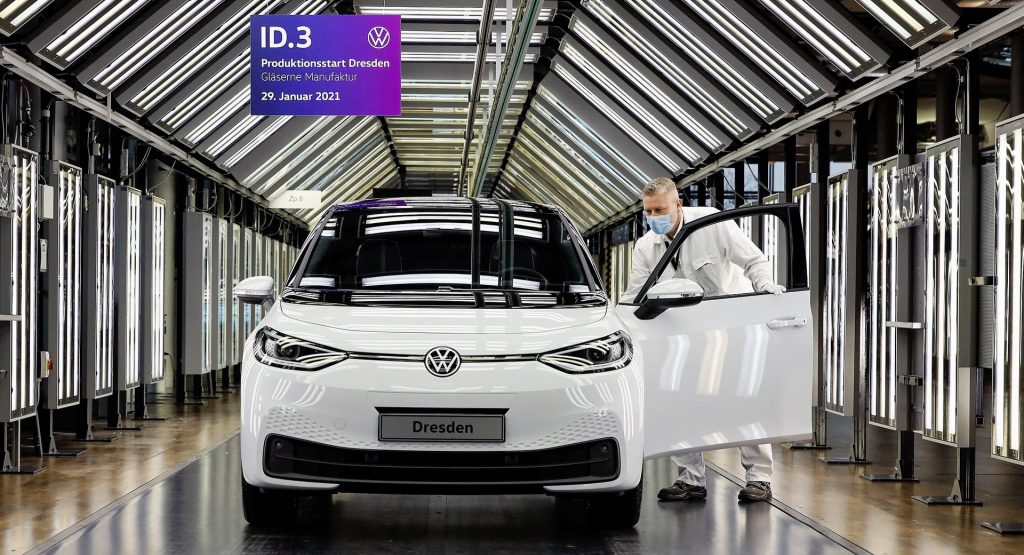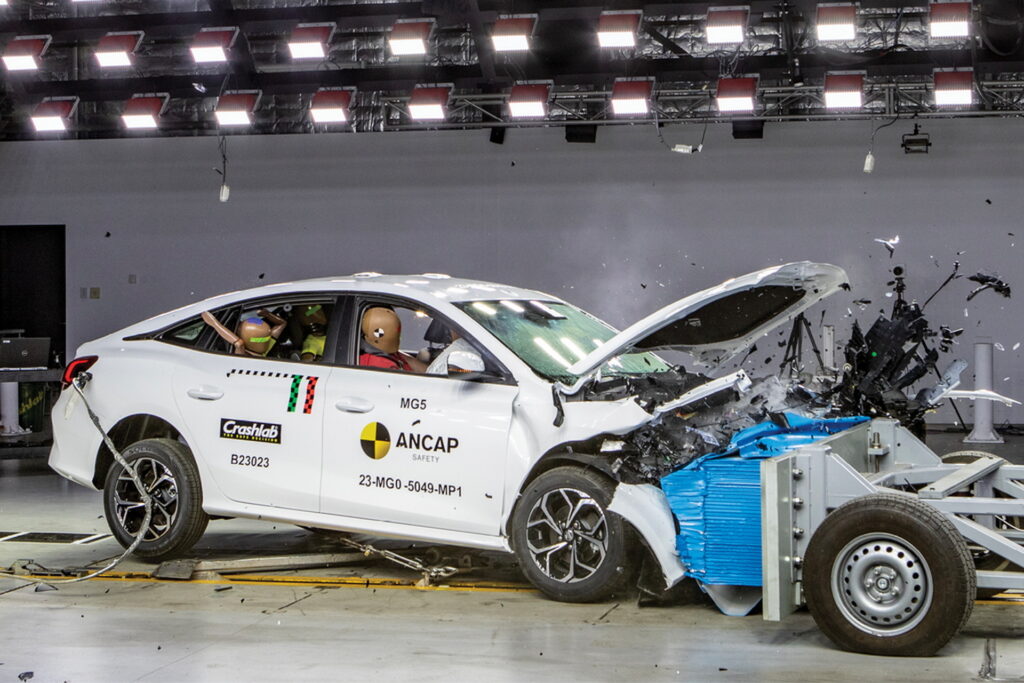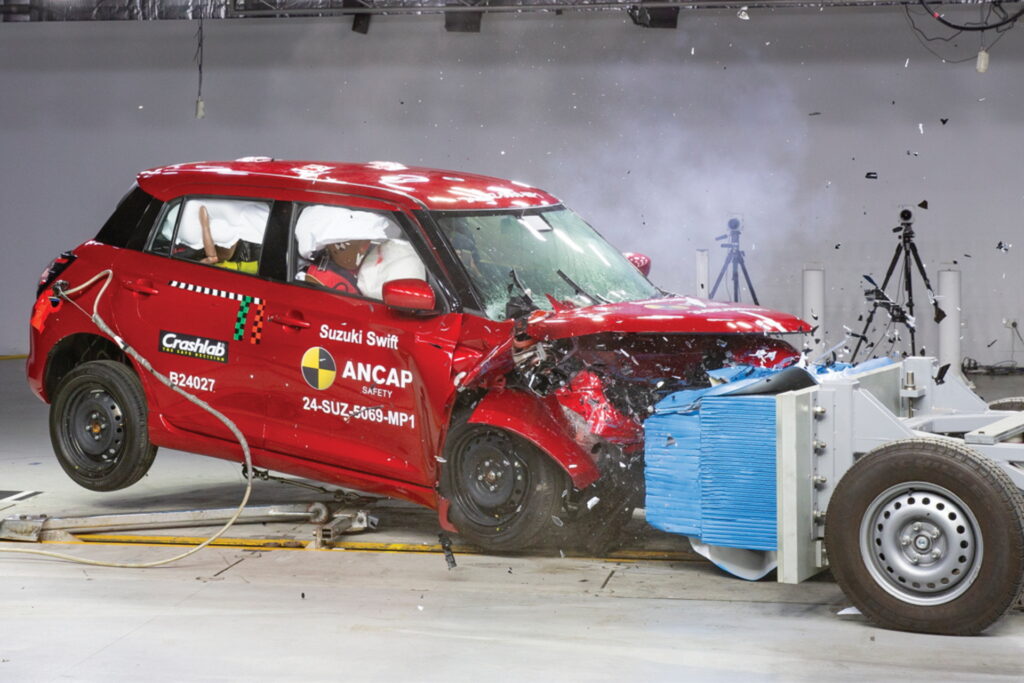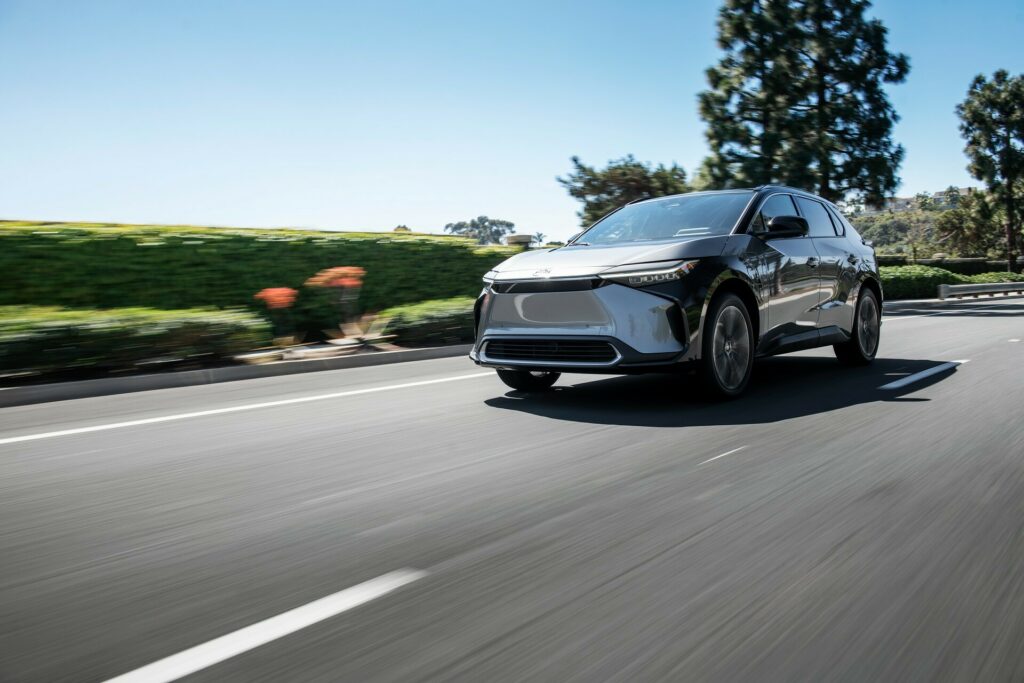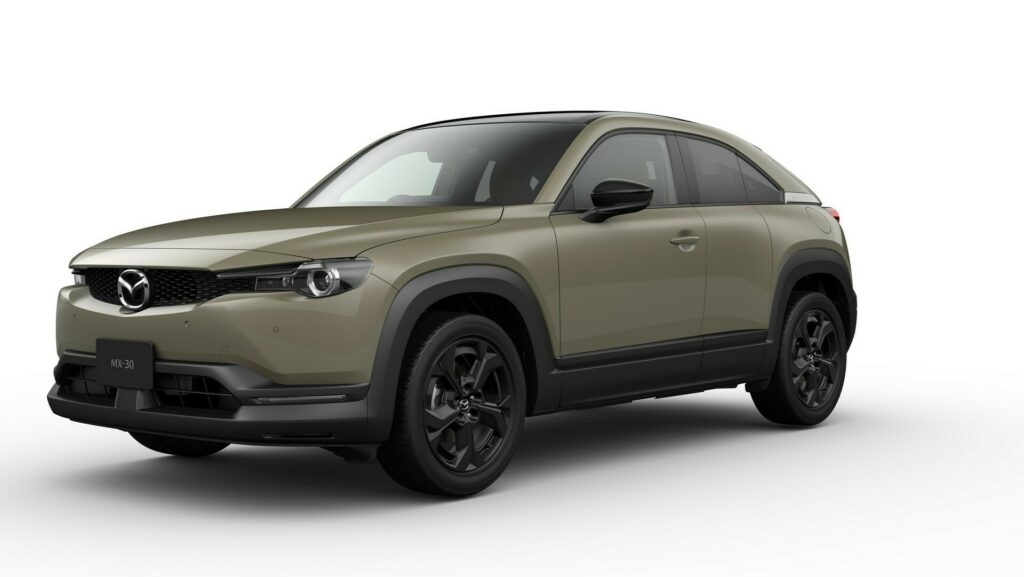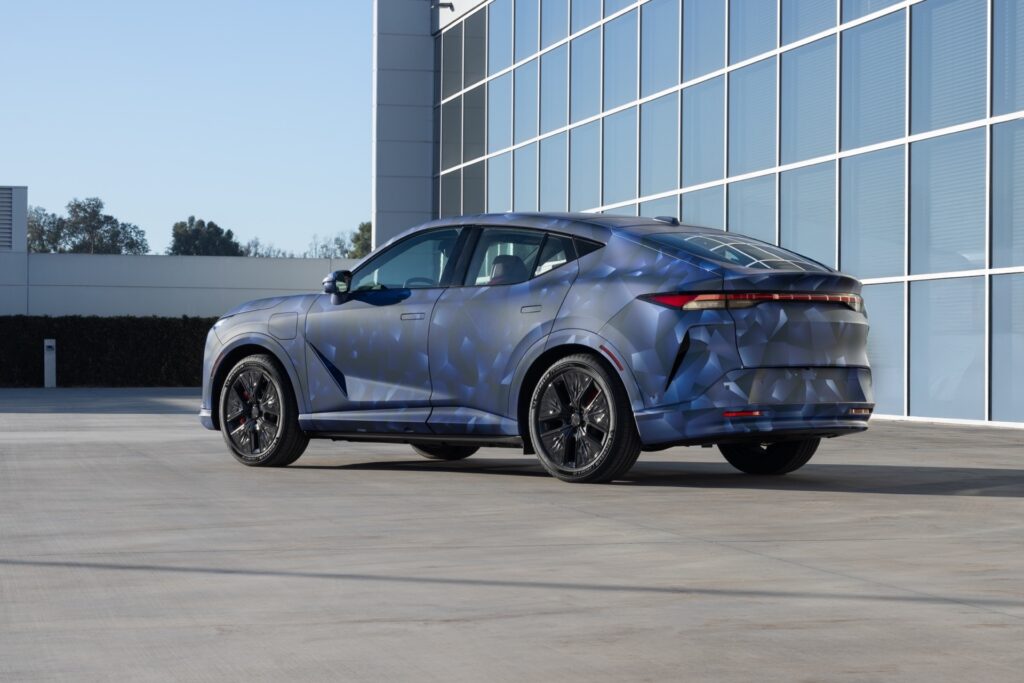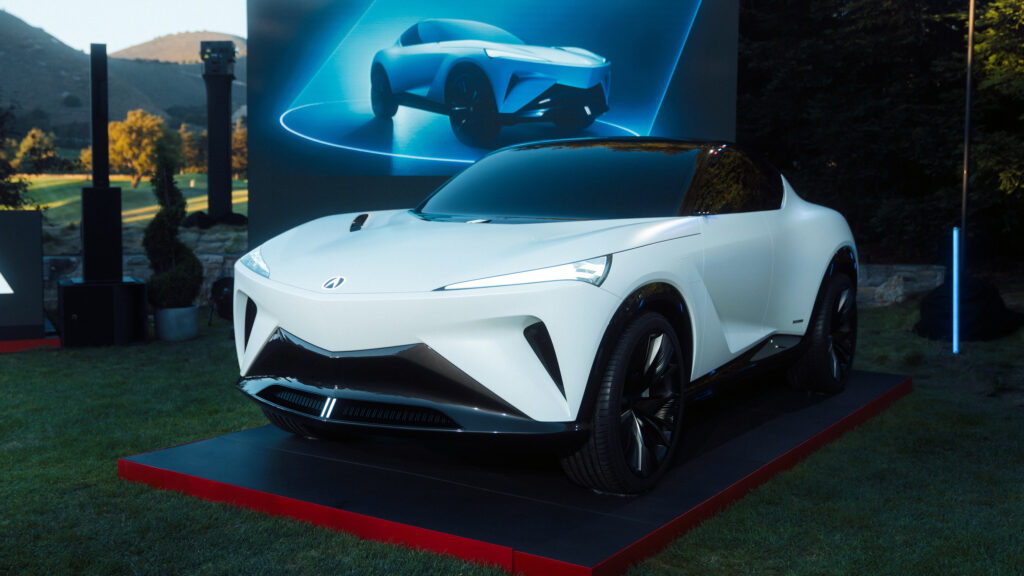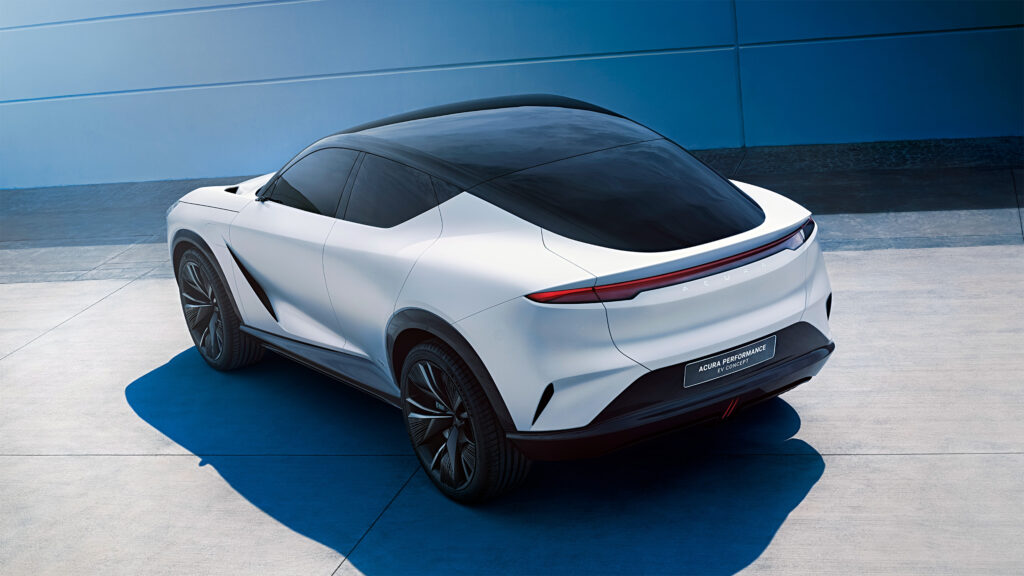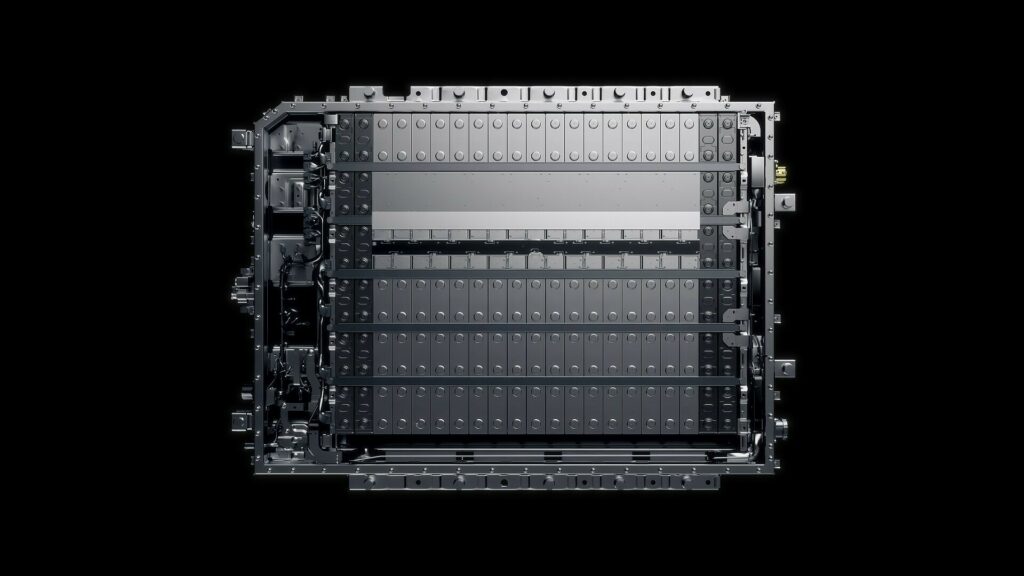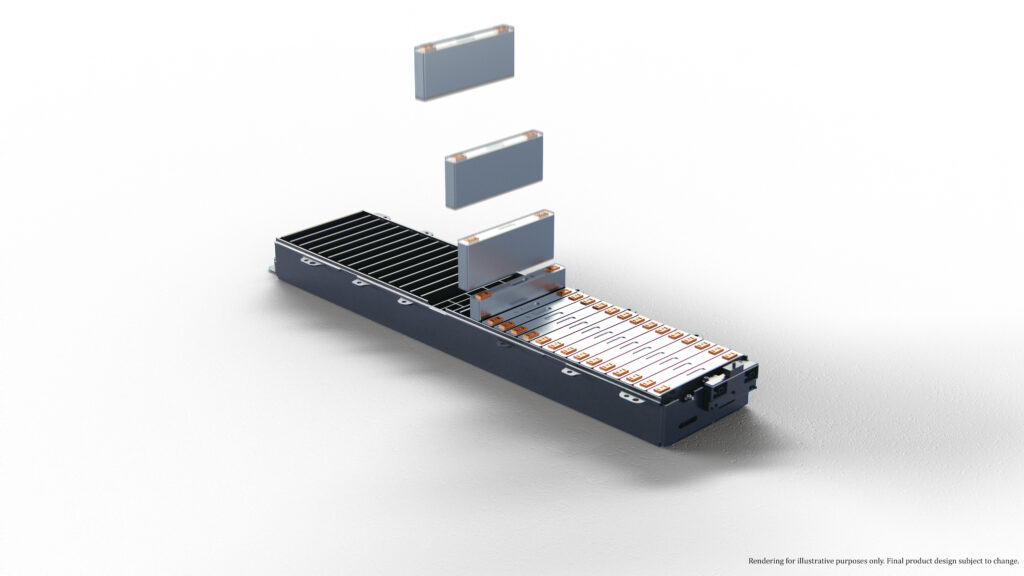VW Stares Down The Barrel Of $1.6 Billion Fine
- Volkswagen may not be able to meet the European Union’s emissions targets in 2025.
- Speaking to analysts, a company executive estimated the penalties may amount to €1.5B.
- Some companies are forming a “super pool” with Tesla to avoid paying such hefty fines.
From being dogged by a data leak scandal last month to facing the ire of US dealers who want a piece of the Scout pie, it’s been a challenging few weeks for the Volkswagen Group. Let’s not forget that the brand enters 2025, reeling from layoffs as the company attempts to plug an overcapacity crisis in a bid to secure VW’s long-term future.
Things do seem bleak for the second-largest auto manufacturer in the world. Perhaps it was always going to get worse before it got better. And Volkswagen AG realizes that it’s on track to be penalized by some truly monumental fines from the European Union.
A $1.6 Billion Bill Is Coming
Speaking to analysts on a call on Wednesday, VW’s head of investor relations, Rolf Woller, spoke about potential penalties for exceeding the EU’s emissions targets. The company estimates that, if they are to fail in meeting those targets, they’ll be landed with a 1.5 billion Euro ($1.6 billion at current exchange rates) bill.
Read: VW Slashes Manager Bonuses By 10% For Two Years, Plans More Cuts Through 2030
And it’s looking increasingly likely that they won’t be able to meet the EU’s target. Volkswagen didn’t launch any new EVs last year, nor will they offer anything this year. Instead, we’ll have to wait until 2026 until the new ID.2 makes an appearance. Bloomberg relates how Woller also spoke on VW’s shrinking bottom line, which is further eroded by VW having to sell more EVs at the expense of more profitable combustion-engine models.
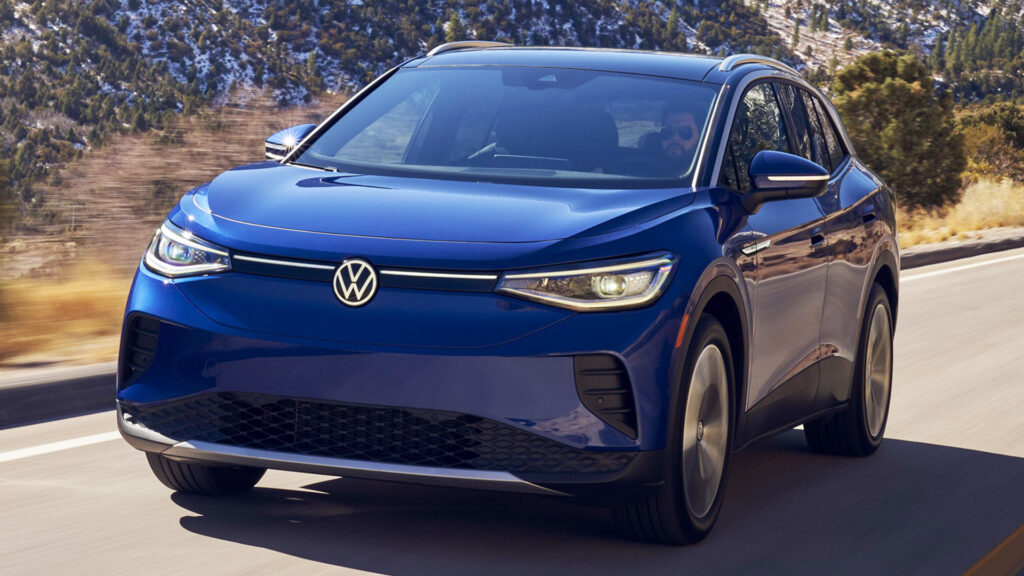
Meanwhile, demand for EVs across Europe is waning. Despite the increase in electric vehicle sales across the globe, the slowdown in segment growth hasn’t been as anticipated, with key regions such as Germany and Italy slashing EV subsidies. Meanwhile, VW’s existing battery-powered offerings are facing stiff competition from cheaper Chinese alternatives.
Manufacturers Ask The EU To Be Lenient
VW isn’t the only company that has raised the alarm over the European Union’s strict emissions targets. Earlier this year, some of the world’s largest automakers announced they wanted to pool their EU emissions with Tesla in a bid to avoid the proposed fines.
More: Toyota, Stellantis, Ford, And Mazda May Pay Tesla $1 Billion To Avoid EU Emissions Fines
According to documents released by the EU Commission, Toyota, Ford, Mazda, Stellantis, Subaru, and Leapmotor intend to create a ‘Superpool’ with Tesla. Meanwhile, Mercedes-Benz is looking to pool with Smart, Volvo, and Polestar. As of now, VW hasn’t announced any plans to pool with any other manufacturer’s fleets.
For a company that is undergoing some fairly intense restructuring under CEO Oliver Blume, the looming bill from the European Union comes at a somewhat inopportune time. Either way, analysts will be keen to observe how the industrial giant that is Volkswagen AG tackles the next two years.
